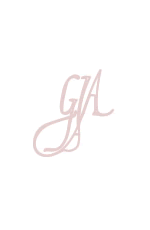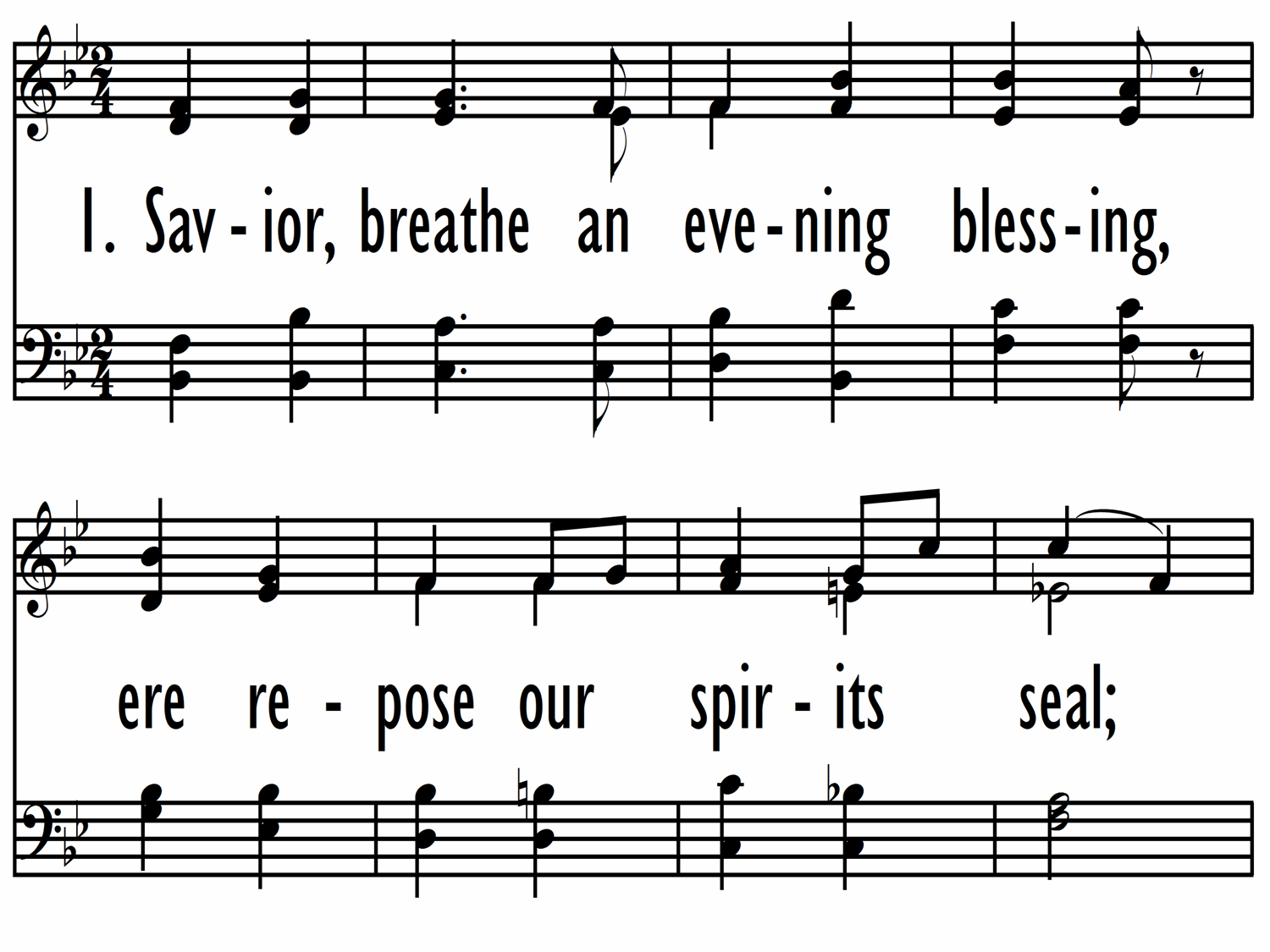- |
User Links
VESPER HYMN (Bortnianski)

VESPER HYMN (Bortnianski)
Composer: Dmitriĭ Stepanovich Bortnianskiĭ (1818)Published in 240 hymnals
Printable scores: PDF, MusicXML
Audio files: MIDI, Recording
Composer: Dmitriĭ Stepanovich Bortnianskiĭ
 Dimitri Stepanovitch Bortniansky (1751-1825) Ukraine 1751-1825
Born in Glukhov, Ukraine, he joined the imperial choir at age 8 and studied with Galuppi, who later took the lad with him to Italy, where he studied for 10 years, becoming a composer, harpsichordist, and conductor. While in Italy he composed several operas and other instrumental music, composing more operas and music later in Russia. In 1779 he returned to Russia, where he was appointed Director to the Imperial Chapel Choir, the first as a native citizen. In 1796 he was appointed music director. With such a great instrument at his disposal, he produced many compositions, 100+ religious works, sacred concertos, cantatas, and hymns. He influenced Rachmaninoff and Tchaikovshy… Go to person page >
Dimitri Stepanovitch Bortniansky (1751-1825) Ukraine 1751-1825
Born in Glukhov, Ukraine, he joined the imperial choir at age 8 and studied with Galuppi, who later took the lad with him to Italy, where he studied for 10 years, becoming a composer, harpsichordist, and conductor. While in Italy he composed several operas and other instrumental music, composing more operas and music later in Russia. In 1779 he returned to Russia, where he was appointed Director to the Imperial Chapel Choir, the first as a native citizen. In 1796 he was appointed music director. With such a great instrument at his disposal, he produced many compositions, 100+ religious works, sacred concertos, cantatas, and hymns. He influenced Rachmaninoff and Tchaikovshy… Go to person page >Tune Information
| Title: | VESPER HYMN (Bortnianski) |
| Composer: | Dmitriĭ Stepanovich Bortnianskiĭ (1818) |
| Meter: | 8.7.8.7 D |
| Incipit: | 35453 52535 42171 |
| Key: | E♭ Major |
| Source: | Geneve |
| Copyright: | Public Domain |
Alternative Tunes
Notes
VESPER HYMN appeared in John A. Stevenson's Selection of Popular National Airs (1818) as a setting for Thomas Moore's "Hark! The Vesper Hymn Is Stealing." A footnote in that hymnal explained that Stevenson had added what is-now the first line of the retrain to a "Russian Air." Some later hymnals attributed the tune to Dimitri Bortniansky, but no tune resembling this one has been found in that Russian composer's published works. Stevenson is generally recognized as being the arranger if not also the composer.
As a youth, Stevenson (b. Dublin, Ireland, 1761; d. Kells, Ireland, 1833) was a chorister at Christ Church Cathedral and St. Patrick's Cathedral, Dublin. He later worked as a church musician in both cathedrals: at St. Patrick's from 1783 to 1800 and at Christ Church from 1800 to 1814. In 1814 he became organist and musical director at the Castle Chapel. Stevenson published Morning and Evening Services and Anthems (1825) and an oratorio, Thanksgiving (1831). But he is better known for his operas and songs for the stage and his collection of Irish Melodies (1807-1809) to lyrics by Thomas Moore.
This bar form (AAB) tune reaches an early climax in its refrain. Preferably sing with children, but begin and end with the refrain as a frame sung by the entire congregation. For choral singing at a special service, try having the sopranos sing the final line of the refrain up an octave.
--Psalter Hymnal Handbook, 1988
Timeline
Arrangements
Harmonizations, Introductions, Descants, Intonations
|
Harmonizations, Introductions, Descants, Intonations: Piano
|
Organ Solo
|
Piano Solo
|
Media
The Cyber Hymnal #2666
Text: Hark! The Vesper Hymn Is StealingThe Cyber Hymnal #4637
Text: Now, on Land and Sea DescendingThe Cyber Hymnal #6829
Text: Take Me, O My Father, Take MePsalter Hymnal (Gray) #484
Text: Humble Praises, Holy JesusThe United Methodist Hymnal #685
Text: Now, on Land and Sea DescendingWith Heart and Voice: songs for all God's children #131
Text: Humble Praises, Holy Jesus- MIDI file from Christian Classics Ethereal Hymnary #614
- MIDI file from The Cyber Hymnal #2666
- MIDI file from The Cyber Hymnal #4637
- MIDI file from The Cyber Hymnal #6829
- MIDI file from Psalter Hymnal (Gray) #484
- MIDI file from Psalter Hymnal (Gray) #484
- Audio recording from Small Church Music #2604
- Audio recording from Small Church Music #2604
- Audio recording from Small Church Music #5727
- Audio recording from Small Church Music #5727
- Audio recording from Small Church Music #7220
- MIDI file from The United Methodist Hymnal #685
- Audio recording from The United Methodist Hymnal #685
- MIDI file from With Heart and Voice: songs for all God's children #131
- MIDI file from With Heart and Voice: songs for all God's children #131


 My Starred Hymns
My Starred Hymns





